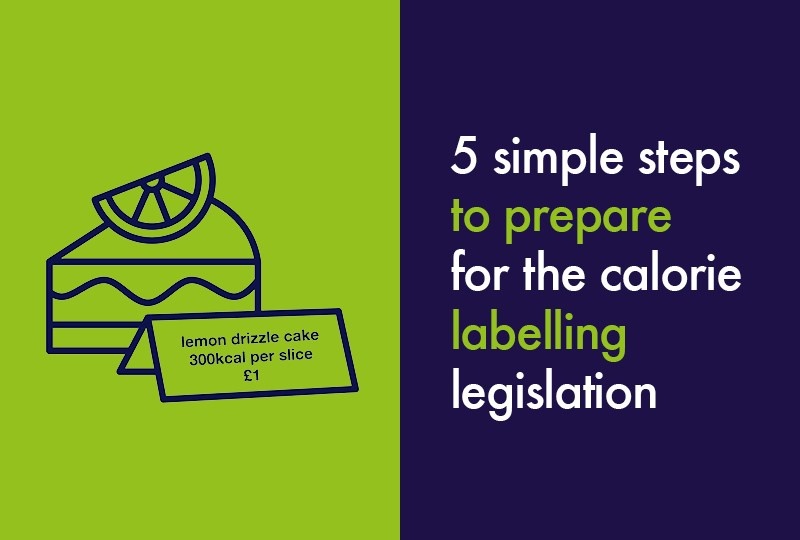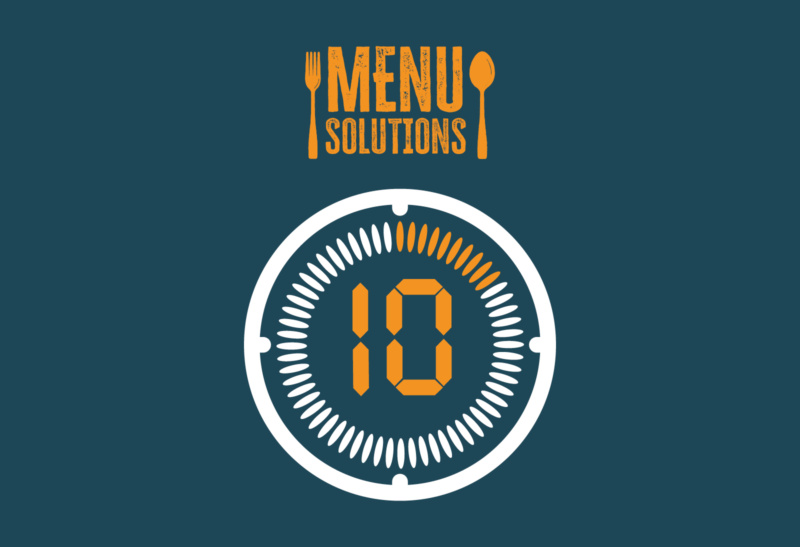Only six months ago, food businesses were preparing for Natasha’s Law, a complex piece of legislation making it a legal requirement to fully list ingredients and emphasise allergens on foods pre-packaged for direct sale.
And now, there’s another new legislation coming into effect: calorie labelling for the out-of-home sector. From 6th April 2022, it will become mandatory in England to share accurate calorie information on food and drink at the point of choice.
The impending law will apply to large food businesses with 250 or more employees such as restaurants, cafes, third-party delivery apps, domestic transport, and even entertainment venues like cinemas. Whether it’s online or printed, to be or not to be consumed on the premises – any food that is in scope, prepared for immediate consumption, has got to be labelled!
At Bidfood, we completely understand how overwhelming this new information can be, so we are offering some helpful advice in the form of five simple steps, to get you started:
1. Speak to your primary authorities
Communication is key here, so by creating a dialogue with your Primary Authority or Trading Standards Office, you’ll be getting first-hand knowledge on whether or not you’re meeting their expectations as they’ll be involved in enforcing this legislation.
2. Communicate with your suppliers
Calorie information will need to be conveyed across the supply chain in order to keep it maintained and updated. But how are your suppliers sharing and managing that nutritional information? Don’t keep yourself in the dark – ask! And while we’re on the subject of asking, do your suppliers have any support tools to help you? We definitely do…
3. Take advantage of our support tools!
At Bidfood, we’ve been working hard to provide you with the right tools to help you fill in any gaps in your understanding when implementing this legislation.
We’ve recently launched a new guide: Making sense of calorie labelling which includes vital information on businesses that fall in and out of scope, exemptions to the law and a clear and easy-to-understand graphic to help you determine whether your business needs to comply.
We want this transition to be as streamlined as possible for our customers. MyRecipes – available via Bidfood Direct provides fantastic support, including automatically calculating the calorie content of your recipes based on the ingredients and quantities, making customers’ lives easier – saving time and money!
4. Train your staff
The calorific value of a food item will change depending on the portion of food. By training your staff in scooping out the right amount or cutting the perfect slice, this will increase the accuracy of the calorie information displayed.
5. Practice makes perfect
While there may not be any noticeable cracks in your labelling system until the legislation is fully implemented, it’s worth practicing in advance so if you come up against any challenges, you have the time to rectify them. In the words of Miguel de Cervantes – ‘to be prepared is half the victory’.
For more detailed information surrounding the calorie labelling legislation, help and support, please visit https://www.bidfood.co.uk/calorie-labelling/ or visit the government website.



